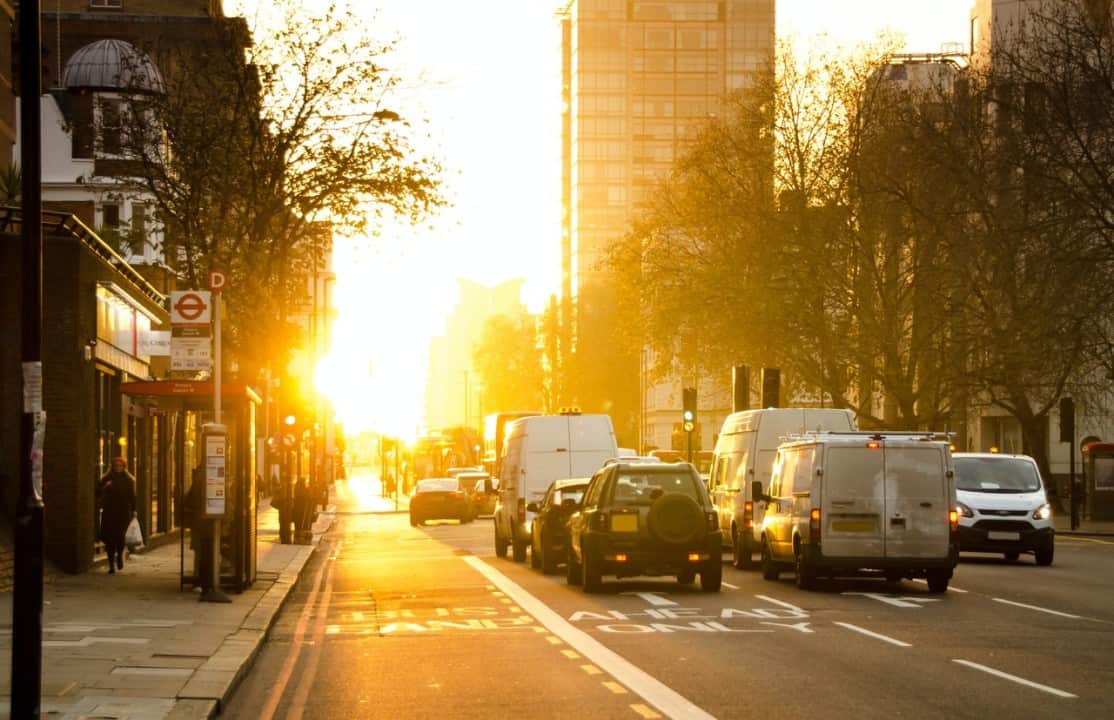After you’ve established your irresistible offer, it’s time to start sending traffic to it. And by traffic, I mean potential customers.
But before we look at how to generate traffic, it’s important to understand that to do well online, driving new sales or leads isn’t as simple as running an ad or posting on social media and saying “buy my stuff”, then expecting the flood-gates to open.
That’s what most people do and it doesn’t work. People don’t want to be blatantly sold to like that. It’s boring…
Instead, you want to develop a more sophisticated marketing/sales funnel that takes them through the buyer’s journey.
Depending on your product or service, it could be as simple as sending people to a landing page that has your offer and then encouraging people to submit a contact form so you can sell to them over the phone. Or it could be more complex that involves nurturing campaigns, re-marketing, webinars, and/or quizzes for segmentation. We’ll dive deeper into marketing funnels in step 3.
For now, let’s get back to the traffic equation – sending traffic to your offer.
There are a million & one channels you could look into and they all have their pros and cons, including radio and T.V. But the 2 channels I always recommend starting with are Google and Facebook.
They’re 2 of the biggest players in the industry for a reason, they work. They’re also very accessible – you can start with as little as £10 (or free!) and there’s a ton content online that will teach you how to get the most out of them.
Facebook Vs Google
Why not do both?
Whilst these channels are easy to get up and running with, doing them well is more complicated – it takes time and practice. And because you’ve probably got a million and one things to do, trying to master 2 of the biggest advertising platforms in the world at the same time is unrealistic.
Instead, pick one, master it and start making real money from it before moving onto the next.
So which one should you choose?
It’s highly dependant on your product or service. Both of these channels hit people at different stages in the buyers journey.
Google is great because you’re able to target people who are in ‘Hunting Mode’. They have a problem and they know it so they’re actively looking for a product or service that can solve it. This means you get motivated buyers into your funnel and they’ll be more likely to buy than anyone else.
There are 3 problems with Google though.
- Paying for these clicks is generally more expensive.
- You hit the limits much faster – i.e. there are only so many searches happening each month and you’re only going to get a certain amount of clicks. Once you’ve hit that limit, there’s not much else you can do. At that point, it’s time to scale into another channel.
- It has a steeper learning curve.
Facebook is also great but for different reasons – it’s quicker to learn, clicks are cheaper, and it takes a lot longer to hit any limits.
But the problem with Facebook is that you’re targeting people who haven’t already shown interest in your products and service. Instead, you’re interrupting them while they’re looking at what their friends are up to.
This means you’ve got to spend more time introducing them to your brand and teaching them how your products & services can solve their problems. Because of that, it takes longer to convert a Facebook click into a paying customer than it does with Google. You’ve got to show them a few different ads and get them to trust you before asking for the sale.
That’s why I usually recommend the following: if you know people are actively searching for your products and services online, and you don’t mind the steeper learning curve, start with Google. You’ll be able to get results faster, hit those limits and then scale into Facebook with a bigger budget.
It’s also very easy to scale into SEO once you know Google Ads works.
If you aren’t sure people are actively searching for your products or services, go with Facebook instead.
Free Vs Paid
In almost ALL cases, I recommend going the paid route first. Whilst ‘free’ sounds enticing, it’s not really free. Instead, you’re spending A TON of time writing content, doing outreach, managing accounts, etc.
Free (also known as ‘organic’ methods) also takes a lot longer before you see any real results. It takes time for Google to trust you and it takes a long to time build up a meaningful following on social media. The biggest problem with spending all this time upfront is what if it doesn’t work?
What if, after you’ve built up this following or strong Google presence, the people following and finding you don’t want to buy?
All of that time you’ve spent is wasted.
That’s why paid traffic is so much better to start with. Yes, it costs money up front but it saves you so much time it’s ridiculous. I know because I’ve made this mistake before. I spent almost 2 years building up a blog on bartending selling an info product. But after 2 years of slaving away, writing blog posts and building my following, it was still only making $100/month. There just wasn’t enough demand and I would have realised that in the first month if I’d testing the market first with paid ads.
Sometimes, you’ve got to learn the hard way!
Does that mean organic traffic channels are a waste of time? No, it doesn’t. It simply means start with paid advertising first.
Organic channels are actually great in the long-run. They tend to generate cheaper and more reliable leads/sales. But again, it takes time before it will start to work so before you invest that time upfront, make sure it’s worth it.
The rest of the steps in the series:
As always, if you have any questions, please leave them in the comments section below or feel free to send us a message here.




